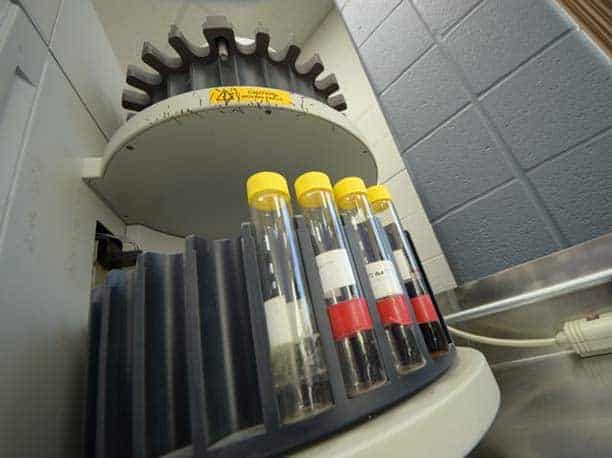Reverse Engineering
ACE’s world class analytical laboratory is equipped with precision equipment required to perform in-depth analysis of a compound’s construction.
What is Reverse Engineering?
Reverse engineering is when companies analyze their competitors’ products to learn more about their compositions. This helps companies quickly introduce new and improved products. In a competitive market, sending new products to market quickly is a critical factor for success.
Reverse engineering can also be useful for production if you find yourself in need of a part that is no longer in production, or from a supplier that has gone out of business.
Reverse engineering involves a variety of chemical and analytical rubber testing techniques. These techniques aim to understand the qualities of your rubber sample, including the amount of carbon black, ash and volatile matter, anti-oxidants, resins, and vulcanization ingredients.
Determine Your Rubber Compound Quality
So, why is reverse engineering important for rubber product development?
Reverse engineering is an extremely important tool for rubber manufacturers, engineers, scientists, and researchers. By reverse engineering rubber materials, we can determine benchmark information, discover formulations, enhance product performance, and increase the speed of the product development cycle.
Two common test methods when reverse engineering rubber are the Fourier Transform Infrared (FTIR) and Thermogravimetric Analysis (TGA).
FTIR
FTIR is frequently used during reverse engineering processes. FTIR helps with competitive benchmarking because it allows you to understand the polymer foundation of a compound. FTIR spectroscopy allows us to quickly identify compounds in a sample.
ACE’s reverse engineering lab technicians determine what compounded plastics, blends, paints, rubbers, fillers, resins, coatings, and adhesives are present in an existing rubber product. Then, you can use that information to inform your own product development.
TGA
TGA reveals important data about the composition and characteristics of a rubber sample. The process of TGA is based on thermogravimetric analysis theory. This theory proves that a material’s mass changes when it is heated.
During TGA, a technician places your sample on a pan and into a furnace filled with a predetermined atmosphere. The resulting observations reveal characteristics about the sample that can then be used to reverse engineer new products or improve existing ones.
ACE Laboratories Reverse Engineering Lab Services
Here at ACE, we are committed to helping you create the best rubber products possible. Through reverse engineering, we help our clients gain necessary insight about competitors and past products. Bring high quality new products to market quickly with reverse engineering of rubber products.
Interested in reverse engineering with ACE? We are always happy to discuss your challenges and ideas. Contact ACE today.

